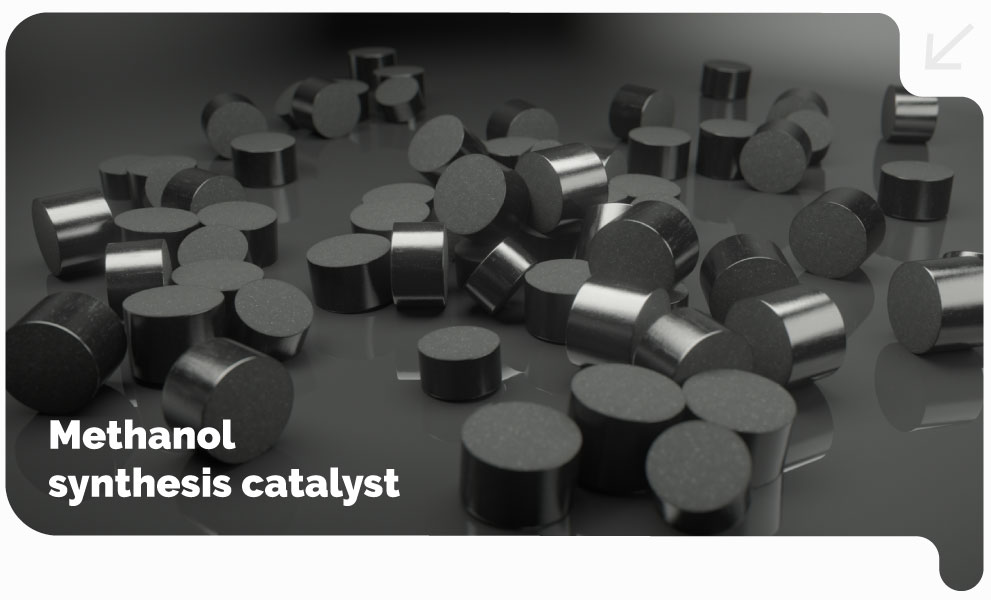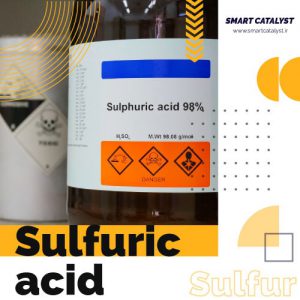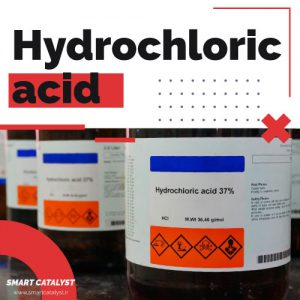Methanol with the chemical formula CH3OH is an alcohol which basically produced from natural gas. Methanol is produced by the catalytic reaction of carbon dioxide and hydrogen through a catalytic reaction of a synthesized gas. 90% of the total energy required for methanol synthesis is applied to produce hydrogen. The formulation in this catalyst is being developed in three ways: improvement, modification, and enhancer addition. In the process of synthesizing methanol catalysts, percentage of composite components, sedimentation conditions, drying and heat rates on an industrial scale must be optimized. Reactors and restrictions on feed temperature, pressure, and flow should also be separately regarded for formulation development.
More than thirty years have passed since the commercial utilization of copper catalyst in the process of methanol synthesis, but still attempting to enhance the process by helping this catalyst. In addition to chemicals, methanol is also found in foods such as fresh fruits and vegetables, juices, fermented beverages, and diet drinks because they contain aspartame, the body’s main source of methanol. In the following, we have talked about the production methods of methanol and catalysts used in its production process. Stay with us.
| Properties | SmartMET134 | SmartMET135 | SmartMET150 | SmartMET500 | SmartMET700R |
| Shape | Spheres | Spheres | Tablets | Extrudates | Extrudates |
| Ni, wt% | 18 | 43 | – | >25 | >25 |
| Ru, wt% | – | – | 0.3 | – | – |
| Support | Balance | Balance | Balance | Balance | Balance |
| Size, mm | 3-6 | 3-6 | 4.5 x 4.5 | 4 x (4-8) | ED=7
ID=2-3 |

Smart Catalyst offers various grades of methanation catalysts depending on the intensity and purity of the product required by the application. The SmartMET series are highly active methanation catalysts that efficiently convert carbon oxides to methane through hydrogenation. The methanation catalysts consist of alumina supported NiO. SmartMET134 is operated above 200°C, and well suited for standard methanation applications in ammonia synthesis or syngas production.
SmartMET135 has a higher nickel content that provides enhanced activity at low temperatures, and is suitable for higher space velocities. the catalyst enables high product purity in ammonia synthesis or syngas production. For extremely low temperature applications (T < 170 °C) Smart Catalyst provides SmartMET150, which is comprised of ruthenium on an alumina support.






1 Comment. Leave new
Pretty! This has been an incredibly wonderful article. Thanks for providing these details.